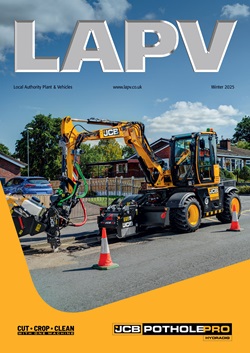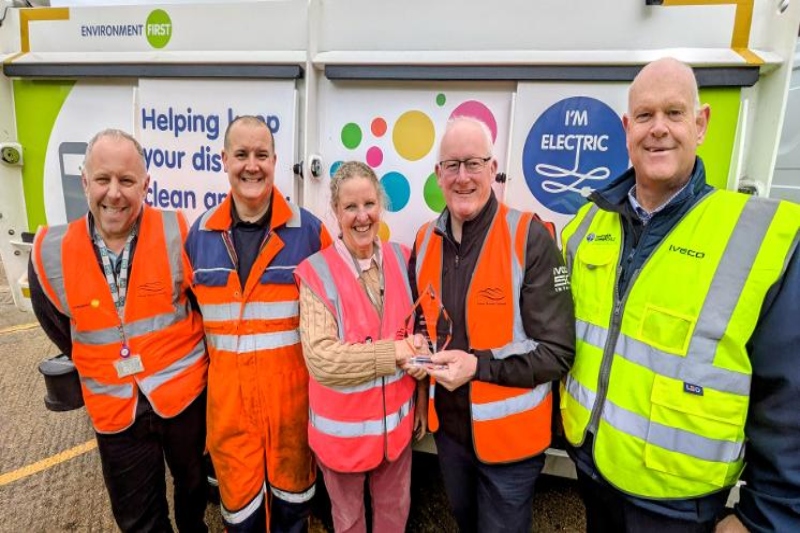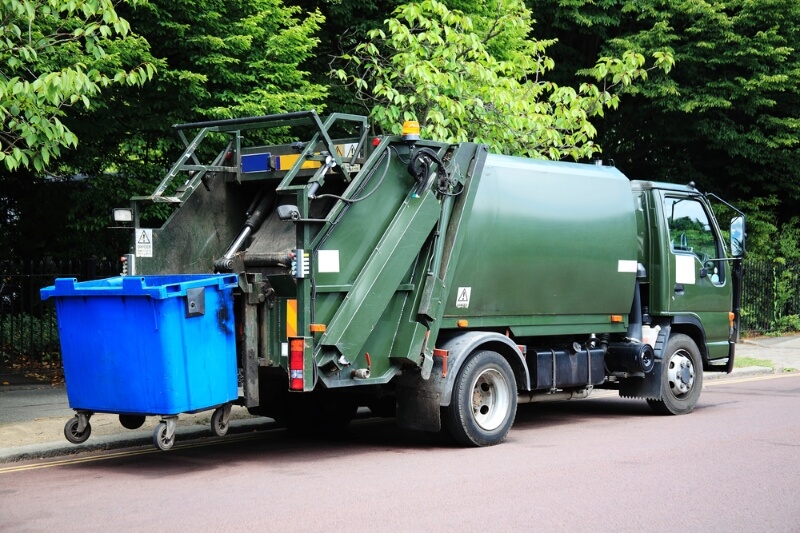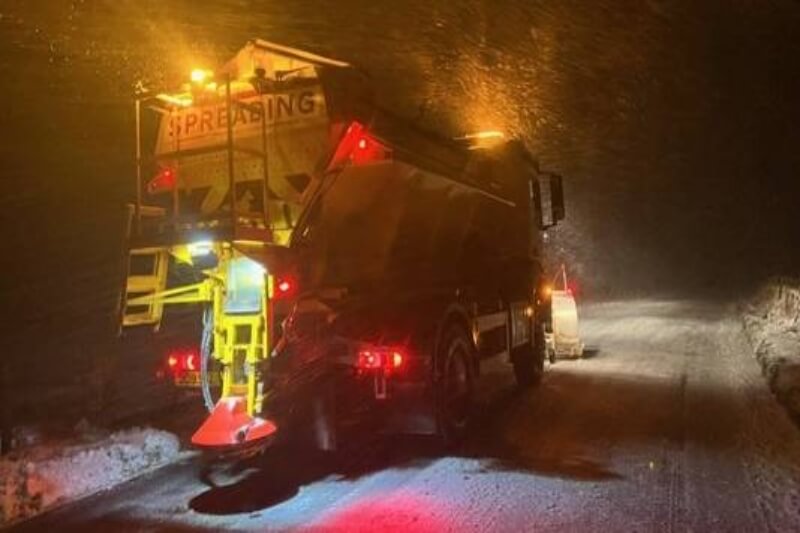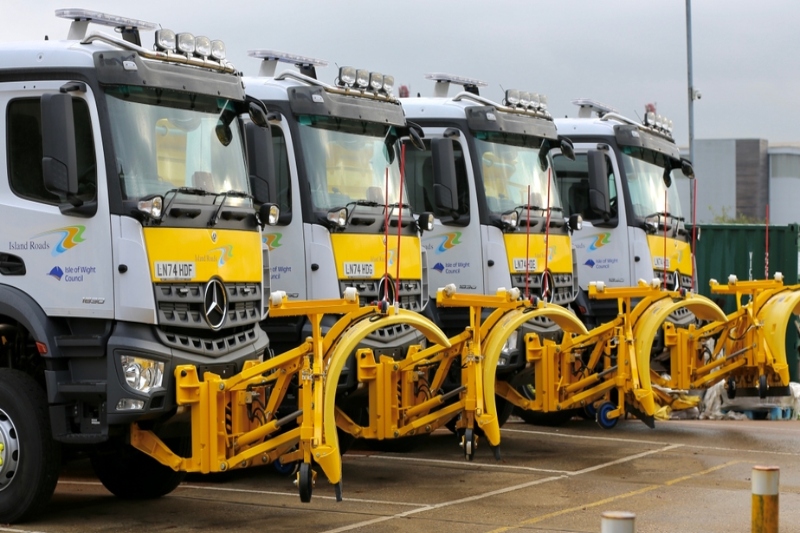In July 2021, the European Commission published its ‘Fit for 55’ package of measures designed to achieve the target of a 55% reduction in greenhouse gas (GHG) emissions by 2030, compared to 1990 thresholds. These measures were a response to the European Green Deal of December 2019, which aims to make Europe the first climate-neutral continent by 2050.
While these declarations are welcome and admirable, how exactly should local authorities go about achieving this aim?
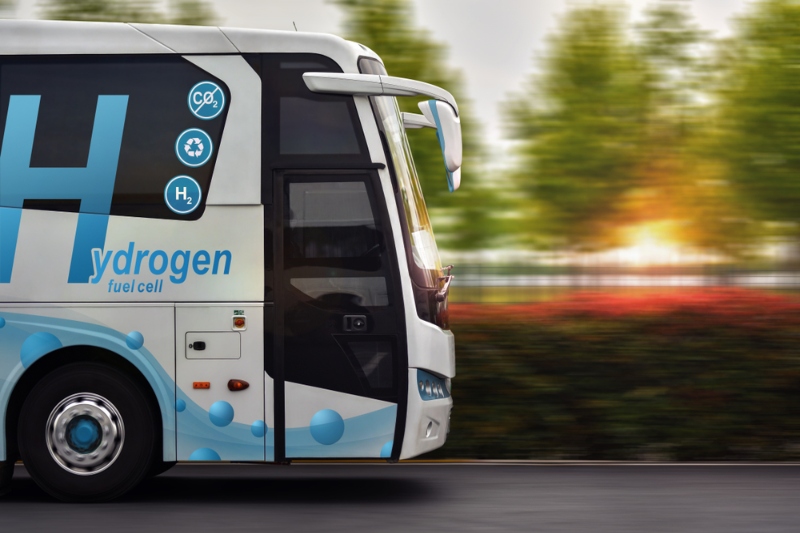 One way to approach this challenge is for councils to consider decarbonising their transport fleets, whether they are owned by the council or a third-party operator. Transport is responsible for 30% of all greenhouse gas emissions in the EU and is therefore the largest emitting sector. An increasingly common method of tackling the GHG emissions produced by council fleets and city bus operations is through the use of hydrogen as a fuel.
One way to approach this challenge is for councils to consider decarbonising their transport fleets, whether they are owned by the council or a third-party operator. Transport is responsible for 30% of all greenhouse gas emissions in the EU and is therefore the largest emitting sector. An increasingly common method of tackling the GHG emissions produced by council fleets and city bus operations is through the use of hydrogen as a fuel.
The advantages of FCBs
Hydrogen fuel cell buses (FCB)s provide a number of advantages to councils intending to decarbonise city bus fleets. They can travel up to 300 miles on a full tank of hydrogen. The refuelling process is similar to conventional refuelling and only takes 10-15 minutes, depending on the level of investment involved. FCBs are also quiet in operation, helping to keep noise levels to a minimum, and the only substance emitted from their exhaust pipes is water. And the refuelling infrastructure they require is modular, allowing councils to start with a relatively small unit and scale up from there as their fleets grow in size and different kinds of vehicle are added.
An additional benefit for local authorities of choosing to begin their hydrogen-powered fleet conversion with buses is that buses generally involve large volumes, meaning that projects can feasibly get off the ground with just a couple of buses to start with and cars.
Hydrogen fuel cell buses – nothing new in Europe
London’s first FCBs began operating on the Riverside bus route RV1 in 2002, connecting central London with attractions on the South Bank. Some local authorities and cities in Europe have been running buses for a decade. Aargau, for example, in Switzerland, has been operating FCBs since 2011, while a number of European cities have recently invested in a hydrogen-powered fleet, including Barcelona and Lyon. In total, there will be around 1,200 fuel cell buses operating in Europe by 2025.
Councils leading the way in FCB adoption
Birmingham has decided to start with 20 FCBs and add them to its fleet as part of its Clean Air Hydrogen Bus Pilot, which it hopes will kickstart the next stage of hydrogen buses, production, and refuelling infrastructure development.
Cologne has also made a considerable investment into its zero-emission transport network by purchasing 15 FCBs, which will be delivered by the end of 2021. The vehicles have been funded by JIVE 2, with support from the Fuel Cells and Hydrogen Joint Undertaking, as well as local and national bodies.
While it’s positive to see these cities, and others, taking a lead in FCB adoption, councils also need to look beyond their fleet and encourage other stakeholders to convert their vehicles, whether they’re providing council services or not. A local authority’s refuelling station doesn’t have to be reserved for council-only use and can be configured to allow different types of users and vehicles to take advantage of it.
The refuelling experience
There is a range of refuelling infrastructure options available to local authorities wishing to install their first hydrogen station. Authorities could start with a cost-effective, small-scale portable refuelling station. This type of unit is ideal for demonstration purposes and could be moved from depot to depot to allow a range of users the chance to trial and evaluate hydrogen vehicles and the refuelling experience.
This kind of station has several advantages, including a small footprint, and simple plug-and-play installation and integration, as well as its portability. It usually comes in either a 350bar or 700bar solution, although dual-pressure solutions may also be available. Another option would be to fill 700bar vehicles to 350bar, which typically achieves around a 60% fill, often enough to allow for a reasonable demonstration of the fleet in normal operation.
Advanced systems should feature mass flow metering, meaning that you can track dispensing of fuel through a fuel management system and allow third parties to use the system. By evaluating the transition of your own vehicles to a zero-carbon fleet, regional authorities can also enable local businesses and organisations to make the same transition by allowing access to their refuelling unit.
Smaller refuelling units will typically fill up to 100kg per day, allowing them to be used as a permanent solution for small fleets of light vehicles, as well as for demonstration and evaluation of vehicles and refuelling systems. For trials of a small number of larger vehicles where fast filling is required, external ground storage could be installed alongside the refuelling unit to give it the ability to fast fill buses, waste trucks, or HGVs to achieve back-to-back fills.
Once you have made the decision to transition your fleet to hydrogen at scale, a larger refuelling system will be required. Systems can be configured to meet the required operational and refuelling profile and typically range from 100kg/day to over 1000kg/day.
This kind of station can refuel a mixed portfolio of vehicles such as buses, waste collection trucks, vans, cars and other light, medium and heavy duty vehicles. It can dispense at both 350bar and 700bar through multiple dispenser points and fuel a fleet of vehicles within a given timeframe or throughout the day.
Where can councils source their hydrogen?
Local authorities wishing to install hydrogen refuelling infrastructure can choose whether to have hydrogen produced onsite or offsite. Onsite production systems, usually via electrolysis, have featured in many projects around Europe and a range of infrastructure developers will offer to supply, own and operate both production and refuelling systems on customer sites.
The hydrogen could also be produced offsite at an existing or new production facility operated by others and transported onto site via high-pressure gas tube trailers. Most hydrogen refuelling systems are able to take hydrogen directly from both electrolysis and tube trailers. Both solutions offer a range of advantages, depending on the scale and scope of the project, preferred investment model, and the site characteristics.
Where should you site your refuelling station?
Hydrogen refuelling stations can be deployed within either a depot-based environment or on land dedicated for a refuelling hub, and it is likely that in a city-wide refuelling network both scenarios will be required.
Stations can be designed to meet the specific needs of a fleet, and so the footprint of a station can be tailored to fit into existing depot facilities. Of course, with limited space this can be challenging at times and so a dedicated piece of land for a refuelling hub could make things easier, especially with future growth in mind.
A typical set of considerations for site selection would include the following:
• Available land for siting hydrogen infrastructure and mobile delivery assets, such as tube trailers.
• Locations available allowing existing traffic routes to pass the proposed station location.
• The ability to create safety distances between the hydrogen station and other areas of the site.
• The availability of utilities and possibilities to upgrade power provision (especially if onsite production is being considered).
• Site access and egress for hydrogen delivery vehicles, such as tube trailers.
• Third-party access potential, if within project scope.
If the council is planning on developing new depots in the future, it should consider as early as possible in the design phase how a refuelling solution could be integrated.
Lessons learnt
Our discussions with developers of hydrogen stations reveal the following considerations to be the most important for a successful project.
• Start with the end in mind – consider how the project could scale up.
• Identify the baseload fleet early on. Typically, this would come from a medium-duty fleet, such as buses, refuse trucks, or other waste division vehicles. These vehicles will bring the volume throughput that supports the investment.
• Allow time for the planning phase.
• Evaluate the procurement of vehicles and stations together.
• Sound out the planning department early – identify location options for consideration.
• Bring in potential third-party users early.
• Consider feedstock options now and new options in the future.
• Weigh up sourcing options against the station operating cost.
Nick Power, hydrogen business development manager – EMEA, Haskel Hydrogen Systems Group.


